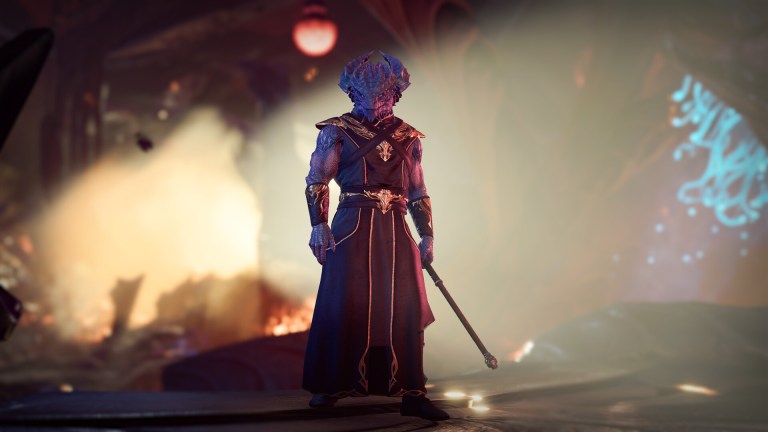Baldur’s Gate 3 Multiplayer Explained: How to Play Co-Op With Friends
A session of D&D without any friends is a lonely session, so why not invite some to join your misadventures in Baldur’s Gate and its surrounding territories?

Most story-driven RPGs are designed for a single player. However, Baldur’s Gate 3 isn’t like most story-driven RPGs; it is the latest entry in a legendary game franchise and was developed by a studio that has a ton of experience in the RPG genre. And since Baldur’s Gate 3 channels the company’s previous game, which was an RPG with multiplayer/co-op functionality, of course, Baldur’s Gate 3 does too.
Previously, Larian Studios worked on Divinity: Original Sin 2. The game was lauded for its depth of choices and systems, one of which was the option to play the game with friends via multiplayer. Since Baldur’s Gate 3 is essentially Divinity: Original Sin 2 with a Dungeons & Dragons skin (and, somehow, even more things to do), the game also utilizes this co-op multiplayer system. If you played Divinity: Original Sin 2, you should already know all the ins and outs of Baldur’s Gate 3’s multiplayer, but if not, here’s a quick and dirty guide.
Co-op in Baldur’s Gate 3 is just as it sounds: Anywhere from two to four players control characters in the game. On the one hand, this multiplayer system gives every guest participant permanent control of a character during the session, which gives the host a break from juggling multiple heroes at once. But on the other hand, this control includes the temptation for players to go off on their merry way. They certainly can, but you know what seasoned D&D players say: Don’t split the party. You never know when you’re going to get ganked by a frog, and not the Slaad kind. Plus, guests can offer suggestions during the conversation, and they can’t exactly do that if they’re halfway across the map.
To begin a multiplayer session, you first need to be connected to the internet. From there, just select the “Multiplayer” option on the main menu, and you can start the difficult task of determining if you want to join an adventure already in progress or host your own. When you click on “Multiplayer,” Baldur’s Gate 3 opens a tab with a whole host of lobbies you can join. The game even tells you what level the host is and where they are located. If you don’t see a session you like, you can filter them by level, friends, and how many slots are filled up. If you do this, though, you cannot import your own custom character; you have to control one of the Origin characters currently in the host’s party.
If you would rather create a multiplayer game for others to join, hit the “Create” button at the bottom of the “Multiplayer” screen. You are now hosting your own lobby and can change its difficulty and the number of guests it can accommodate, but how will you populate your game world?
You can start by changing your lobby’s visibility. Options include Friends Only, Invite Only, and Public. The first choice only lets your friends see your game session, while the third option puts your lobby onto the list everyone sees when they ever the “Multiplayer” screen. As for the second selection, you basically have to toss out invites by clicking on the portraits next to your own. Once everyone is ready, you as the host can start the multiplayer campaign, and every participant will be allowed to create their own custom character. Just like a regular D&D campaign, you can pick up from where you left off in a multiplayer session by loading its most recent save and inviting players from the Escape menu. On a side note, you can also turn a single-player campaign into a multiplayer romp by pausing the game and inviting friends from the Escape menu.
And that’s all you really need to know about Baldur’s Gate 3’s multiplayer/co-op mode. While the game will probably never receive an official competitive mode, friendly fire is always on. If you’re not careful, you can accidentally harm your allies, so always check your targets. That goes double for spellcasters who think Fireball is the answer to every problem.
